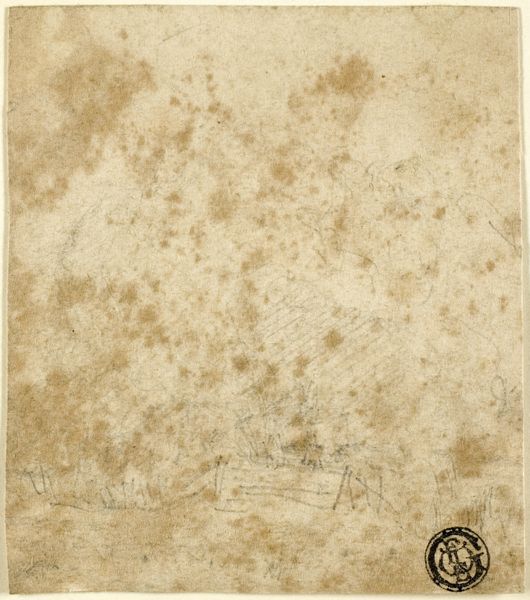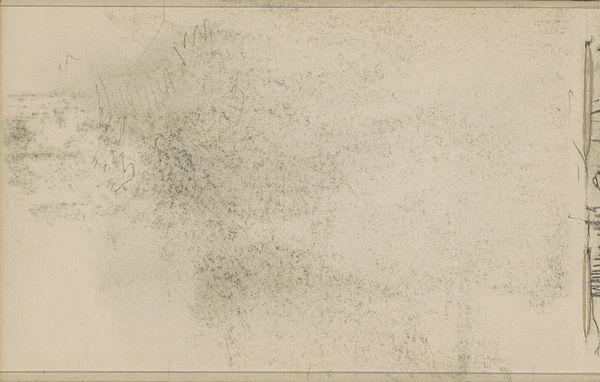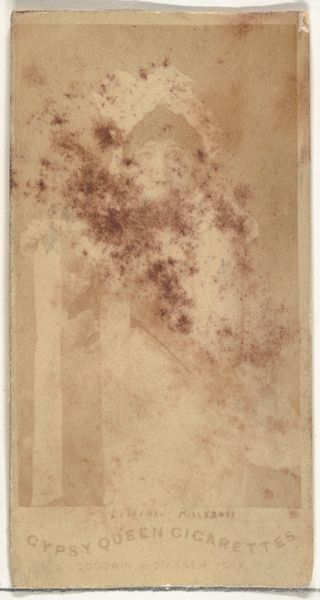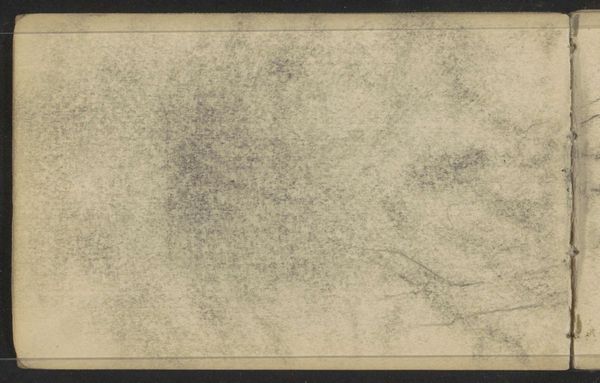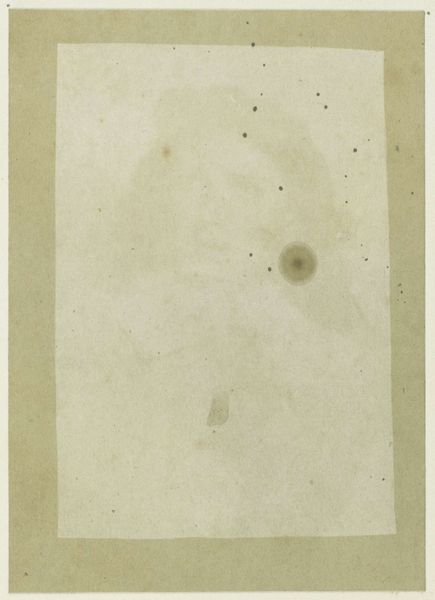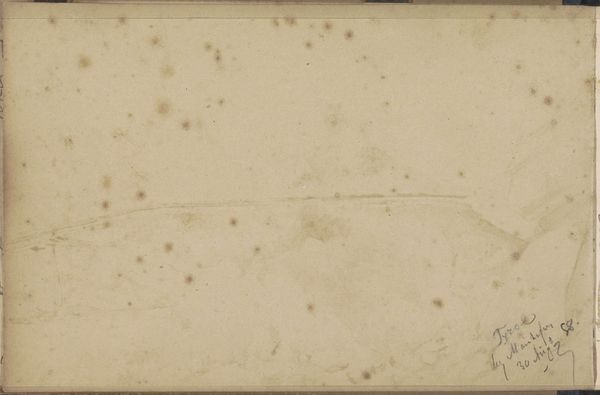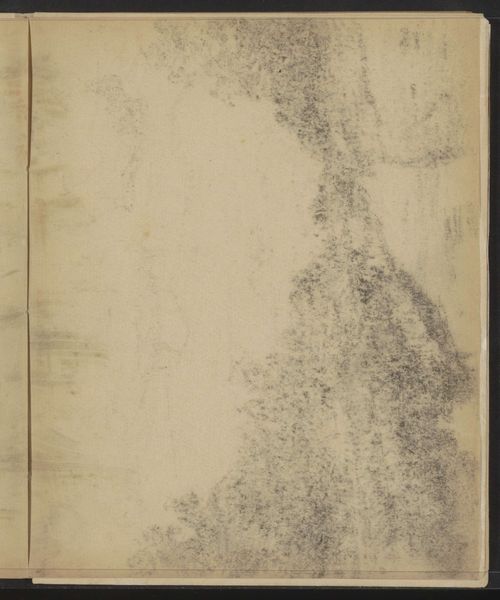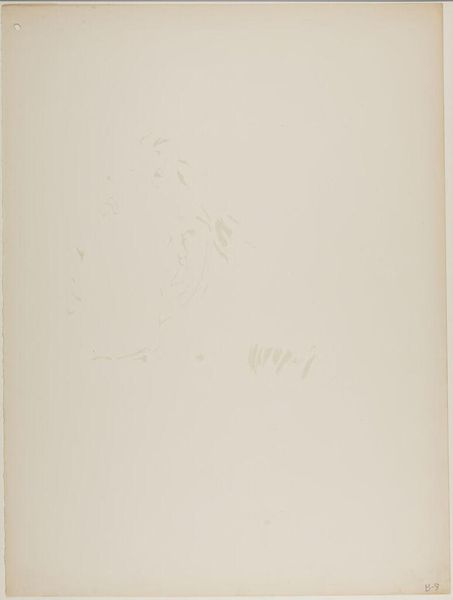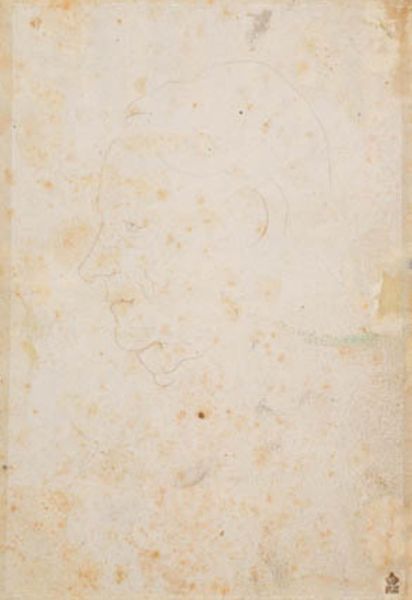
paper, photography, watercolor, albumen-print
#
portrait
#
water colours
#
paper
#
photography
#
watercolor
#
watercolor
#
albumen-print
Dimensions: height 83 mm, width 52 mm
Copyright: Rijks Museum: Open Domain
Editor: This is "Portret van een jongen met schep," or "Portrait of a boy with shovel" by Johannes Ephraim, sometime between 1878 and 1900, using a combination of materials: paper, watercolor, albumen print and photography. It’s difficult to see with its condition but I'm struck by how it captures a particular moment, almost dreamlike. What do you see in this piece? Curator: Well, given my interest in iconography, what immediately draws my attention is the shovel. The shovel acts as a visual emblem. What do shovels mean to you? Do they imply hard labour? Or perhaps something else? Editor: Labour, certainly. Toiling, physical work comes to mind. Also, tools that shape our environments and allow planting or building. Curator: Precisely! In this era, manual labor and particularly the shaping of land were deeply embedded in societal structures. I see a visual echo of the idea of man shaping, claiming and controlling nature. What then of this youthful subject holding the tool? Editor: It makes me consider inherited roles, future responsibilities implied by the boy. Curator: Indeed, a potent mix of innocence and future responsibilities symbolized through this implement. The albumen print acts almost like an apparition, creating the sense of memory imbuing everyday items and childhood itself. The boy almost disappears and then all that remains is this trace symbol. It makes me reflect on what images reveal and conceal about social continuity. Editor: It's so much more layered than I first thought, tracing how symbols link history and personal narrative. I see more clearly now, thank you. Curator: A fresh set of eyes on older artworks always changes the perception of cultural inheritance. It has been a rewarding conversation.
Comments
No comments
Be the first to comment and join the conversation on the ultimate creative platform.

